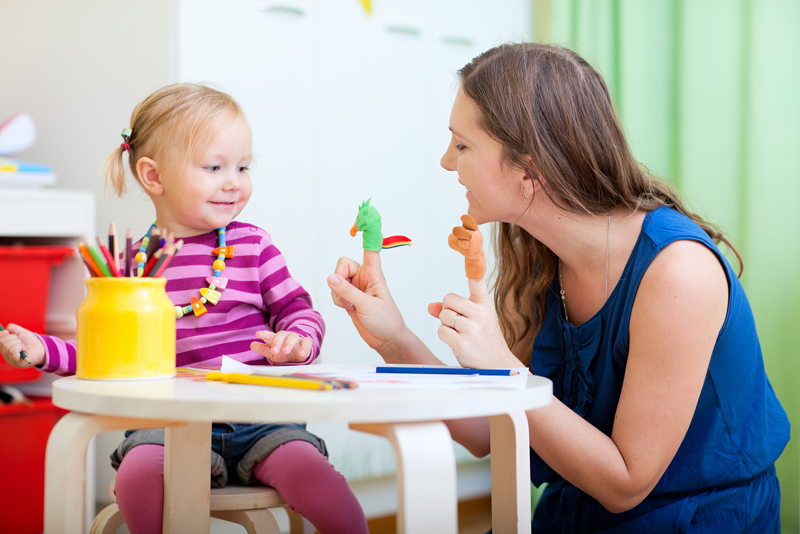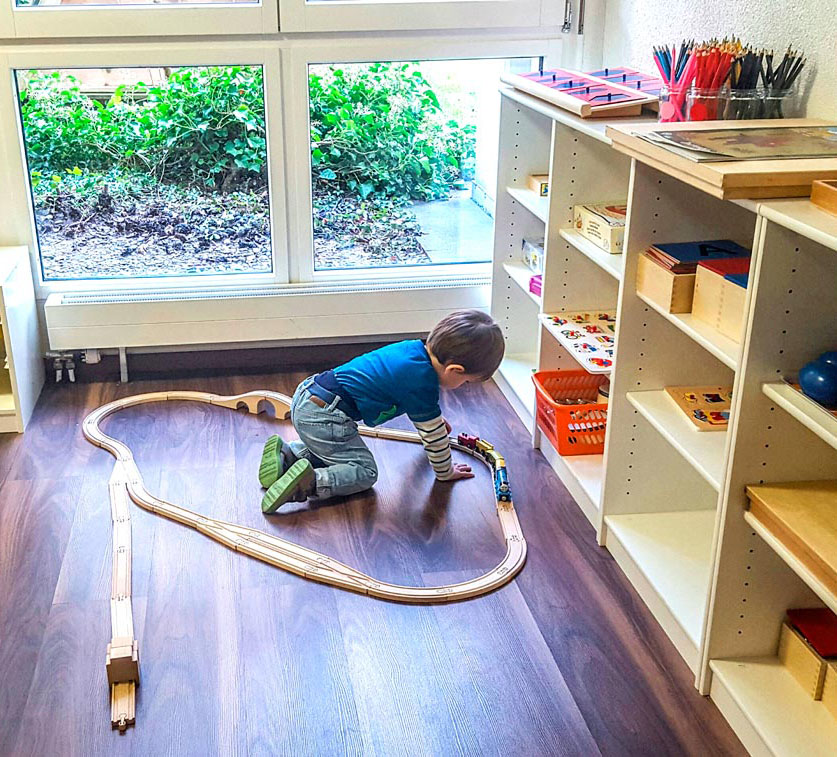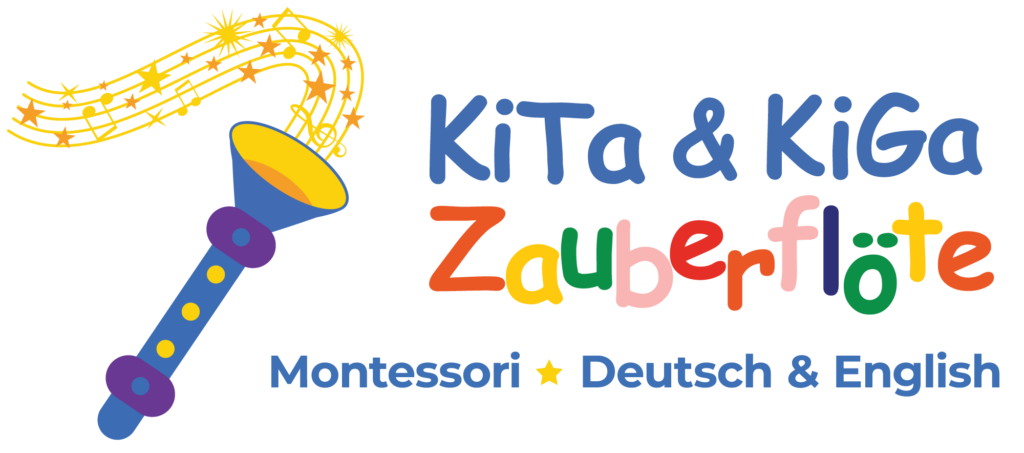Develop independent, creative
and critical thinkers
Language
Oral Language: Promotion of oral communication and language development. Early promotion of German: sensitization for the written language and playful approach to letters and words.
Mathematics
Number and space: experiences with numbers, quantities, shapes and spatial orientation.
Nature, Man, Society (NMG)
Nature and technology: Discover nature and the environment through observations and experiments. Time and history: Understanding of chronological processes and the first historical content.
Exercise and sport
Promoting motor skills, physical activities and games.
Music
Musical experiences through singing, making music and movement.
Shape
Artistic design: creative use of colours, shapes and materials. Handicrafts/Textile Design: First handicraft experiences with different materials.
Ethics, Religions, Community (ERG)
Values and norms: promotion of social skills and education in values.
Media and IT
Basic media education and first encounters with digital media.
Music
Music is an important part in our curriculum. We make music takes place in various forms: singing, playing with sound instruments, rhythm games and dancing. With songs children can get used to rituals and can thus avoid conflict situations better.
Language
Children learn languages (German and English) naturally and unconsciously. The promotion of bilingual education of your child is a matter of course. Our teachers speak either German or English with children, while they speak clearly and use a lot of new words, so that the child can expand his vocabulary. Thus the child learns both languages to name and understand new things. Picture books are in the pre-phase well to support the bilingual language development. We work according to the immersion concept, promoting the bilingual education in a playful way.
Movement
The health of the children we strengthen through various games and physical activities. We prefer free basic forms of movement such as running, climbing, crawling, balancing, dancing, so that the children can enjoy the movement and learn to interact with other children.
Nature
In our everyday life are the excursions a part of the education. The natural environment in Richterswil offers enough space for special forest experiences. We give the children time to make their individual experiences. This can help children to experience and observe the nature – Seasons, animals, plants, weather.

Phased Acclimatization in Our Preschool
The settling time is extremely important for the child, the parents and the staff. We attach great importance to an individual and optimal acclimatization plan for the child. The child is slowly introduced to his needs in the daily routine, and can be accompanied by a parent.





We are guided by the principles of Maria Montessori
With the support of the teacher, the child decides what, where, how, with whom and how long it wants to do something. The child is given the opportunity to activate self-reliance and to concentrate fully in the subject they learn.






The Montessori Method was founded and developed by the Italian doctor and educator Maria Montessori (1870 -1905). She also found during her work with children, that the learning outcomes of children are much greater if they can choose their own activities. Hence she developed her educational system.
Daily life
While playing with the “Everyday life” material, the children develop a sense of responsibility for the environment.
Sensorial materials
Working with sensorial material teaches children to understand what they see. For each sense region there is a material which is varying by difficulty level. The purpose and aim of Sensorial material is for the child to acquire clear, conscious, information and to be able to then make classifications in his environment.
Mathematics materials
The mathematical material corresponds to the sensory-motor needs of the child and is closely allied with the sensory material. The child gets well acquainted with quantity, geometrical solids, volume as well as measures of length and volume and weight, thus acquiring the idea of numbers.
Language material
The child’s vocabulary is influenced by the environment and surroundings. Here the children learn to speak in clear sentences, learn rhymes, sing songs, make conversations, watch illustrative books, all these help the development of their language.
Humans and the environment / forest
By observing the environment (Space, Earth, Geography, childhood environment, history, plants and animals, etc.) the child acquires a need to have a close relationship between nature and the living beings and to learn to take a responsibility for his role in the universe.
